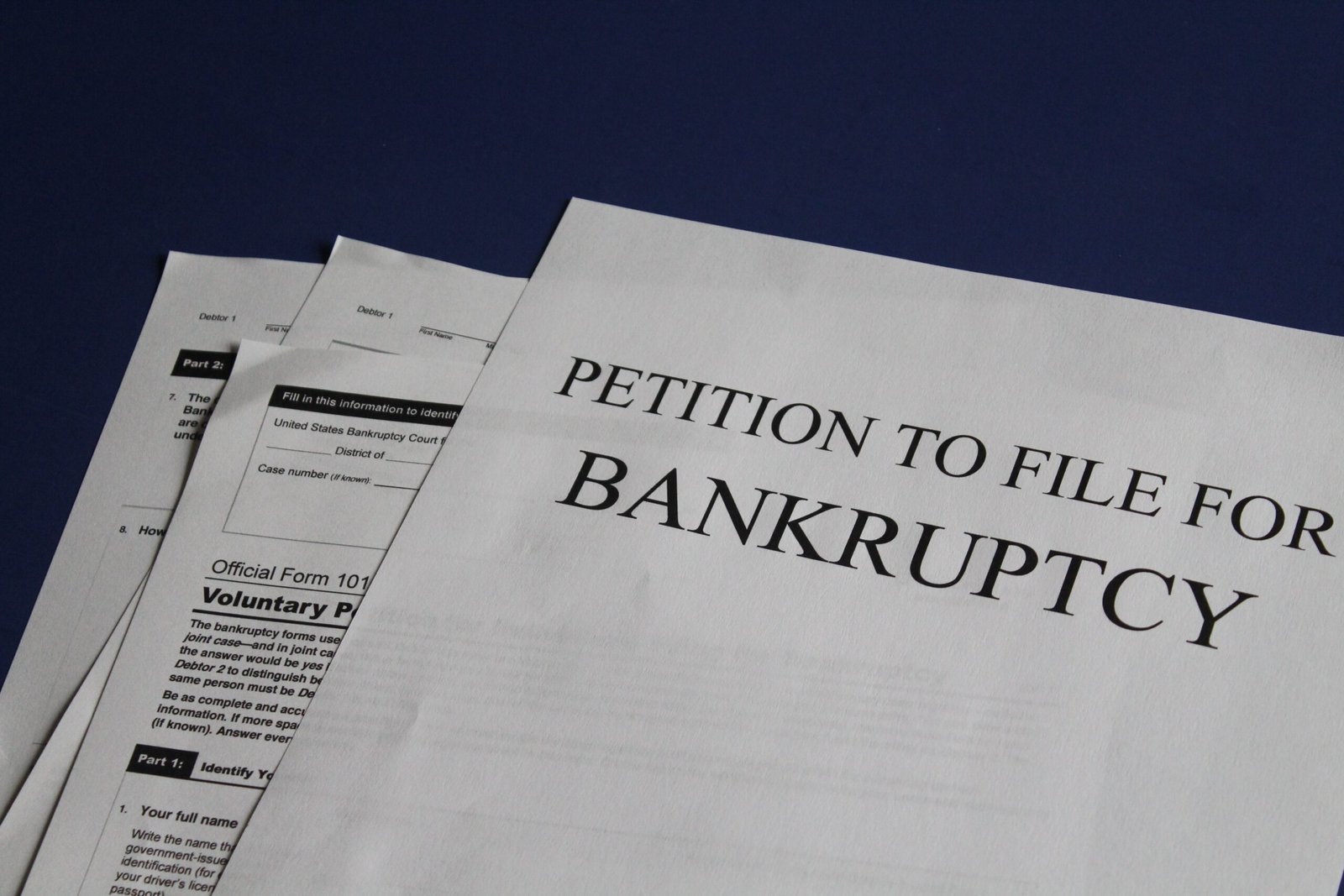Bankruptcy is a financial state that many individuals and businesses hope to avoid. It can be a challenging and distressing experience, often resulting from a combination of factors. Understanding the causes of bankruptcy can help individuals and organizations make informed decisions to prevent or address financial difficulties.

1. Excessive Debt
One of the primary causes of bankruptcy is excessive debt. When individuals or businesses accumulate more debt than they can afford to repay, it can lead to financial instability. This could be due to overspending, poor financial management, or unexpected financial setbacks such as job loss or medical emergencies.
2. Unemployment or Reduced Income
Unemployment or a significant reduction in income can quickly lead to financial hardship. Without a steady source of income, individuals and families may struggle to meet their financial obligations, including loan repayments and living expenses. In such cases, bankruptcy may become a necessary option to alleviate the financial burden.
3. Medical Expenses
Medical expenses are a common cause of bankruptcy, particularly in countries without universal healthcare. Serious illnesses or accidents can result in substantial medical bills that are difficult to manage, even with insurance coverage. The high cost of healthcare can quickly deplete savings and force individuals into bankruptcy.
4. Divorce or Separation
Divorce or separation can have significant financial implications. The division of assets, alimony, child support, and legal fees can create a financial strain on individuals, causing them to face bankruptcy. It is essential to carefully plan and navigate the financial aspects of a divorce to minimize the risk of bankruptcy.
5. Poor Financial Management
Irresponsible financial management, such as overspending, failing to budget, or accumulating excessive credit card debt, can lead to bankruptcy. Lack of financial literacy and poor decision-making can result in a cycle of debt that becomes increasingly challenging to escape.
6. Economic Downturns
Economic downturns, such as recessions or financial crises, can have a severe impact on businesses and individuals alike. During these challenging times, businesses may struggle to generate revenue, leading to closures and job losses. Individuals may face reduced job opportunities and income instability, making it difficult to meet financial obligations and potentially leading to bankruptcy.
7. Natural Disasters
Natural disasters, such as hurricanes, floods, or earthquakes, can cause significant damage to property and infrastructure. The financial burden of rebuilding or repairing homes and businesses, coupled with the loss of income during the recovery period, can push individuals and businesses into bankruptcy.
8. Unexpected Expenses
Unexpected expenses, such as major car repairs, home repairs, or legal fees, can strain finances and lead to bankruptcy. Without sufficient emergency savings or access to credit, individuals may find themselves unable to cover these unexpected costs, resulting in financial distress.
9. Predatory Lending Practices
Predatory lending practices, where lenders take advantage of borrowers’ lack of financial knowledge or desperate situations, can contribute to bankruptcy. High-interest rates, hidden fees, and unfair loan terms can trap individuals and businesses in a cycle of debt that becomes impossible to repay.
10. Business Failure
For businesses, bankruptcy can result from poor management, market changes, or intense competition. Inability to generate sufficient revenue, meet financial obligations, or adapt to changing market conditions can lead to business failure and subsequent bankruptcy.
It is important to note that bankruptcy is not always the result of financial irresponsibility. Life circumstances and unforeseen events can significantly impact one’s financial stability. Seeking professional advice and exploring alternative solutions before considering bankruptcy is crucial.
In conclusion, bankruptcy can be caused by a variety of factors, including excessive debt, unemployment, medical expenses, divorce, poor financial management, economic downturns, natural disasters, unexpected expenses, predatory lending practices, and business failure. By understanding these causes, individuals and businesses can take proactive measures to prevent or address financial difficulties, and seek appropriate guidance when needed.
